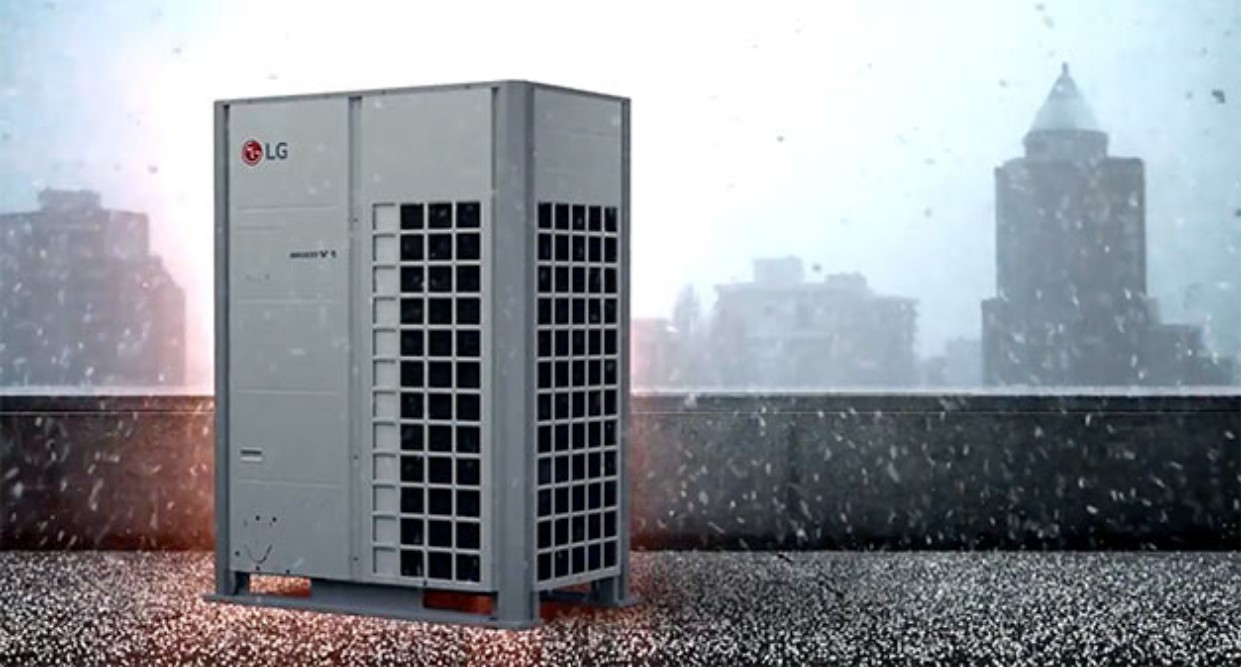It is no secret that the first thing we ask of the air conditioning unit is to create a pleasant microclimate for different environments, but this is not just a small drop in temperature; To achieve this goal, the device must have a dual detection control, a function that takes care of detecting both humidity and temperature, to achieve a performance that generates greater comfort.
In the words of Andrés Rossel, General Manager of Refrimaq, it is very important to understand technologies, such as Dual Sensing Control, that work in such a way that, on hot days with high humidity, cold air is blown out to remove heat quickly. potential. But on drier days, the softer air is emptied so that the room or office, for example, is less drier, adapting to the specific conditions of each space.
Dual sensor control
The air conditioning user knows little about the technology behind the equipment, and the brand is usually the most in demand. Speaking of dual sensor control, we mention an exclusive feature of some equipment that, thanks to the temperature and humidity sensor, allows the environment to be heated according to space conditions. Therefore, it increases comfort and provides more energy.
Similarly, VRF systems – from Variable Refrigerant Flow in English and known in Spanish as Caudal de Refrigante Variable or VRV Volumen de Refrigeratorante Variable – are highly efficient air conditioning systems ideal for air conditioning buildings and large commercial buildings, as they allow regulation of the rate refrigerant flow that is sent From the same outdoor unit to different indoor units using inverter technology for electronic expansion valves and compressors, matching the demand of each indoor unit.
Specifically, VRF technology was born in the 1980s in Japan and has evolved since then, achieving one of the most efficient air conditioning systems, especially offices, hotels, shopping malls, hospitals, public centers and convenience stores. It will be a kind of direct expansion multi-split system in which each indoor unit operates individually according to temperature requirements, although with a different and more complex principle of operation.
In addition, new technologies make it possible to plan the growth of mechanical installations, which is a major factor when it comes to air conditioning; In terms of costs and optimization, it is very useful to consider equipment with the ability to be installed in a modular way. Russell highlights lines like LG’s MultiV and MultiVS, which, in addition to their design, reduce equipment impact by 23% and 15% by weight, adding that core value to structural calculators in relation to engine rooms.
In addition, this line saves more than 30% energy due to low compressor consumption and very low noise level, ideal for learning and hospital environments.





